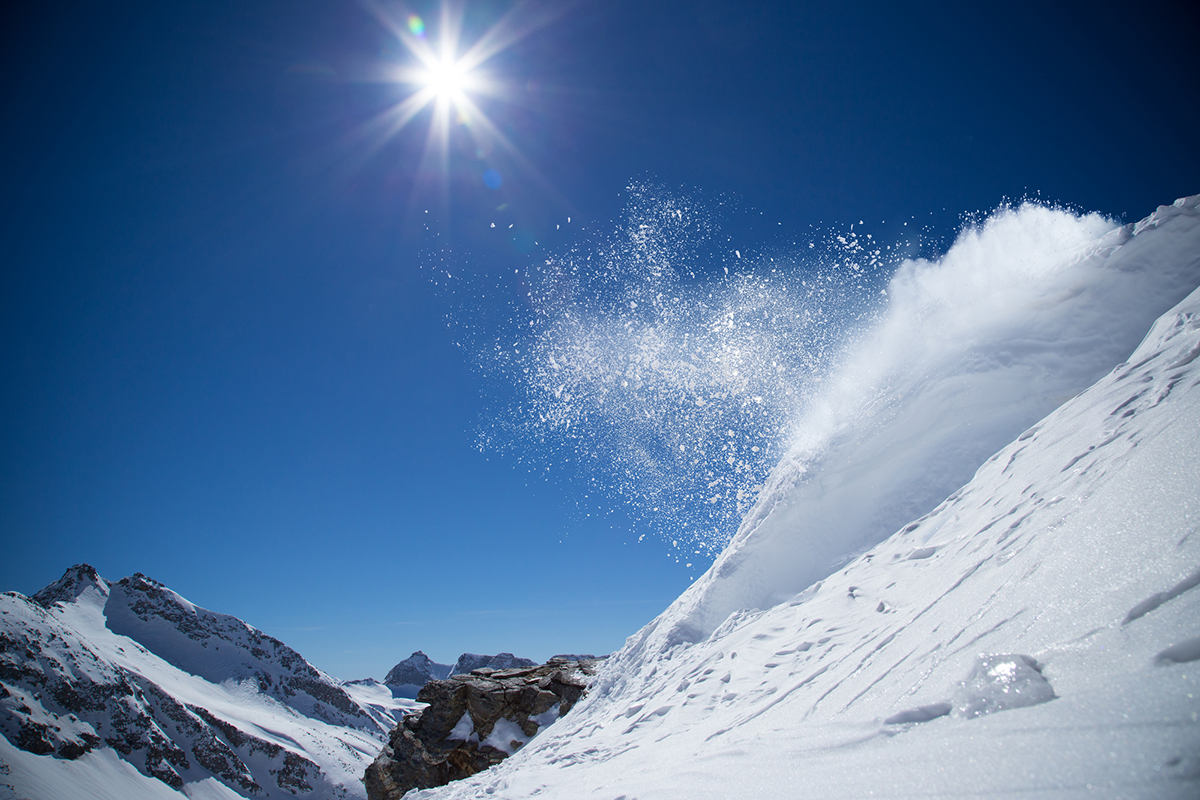Does it snow in Italy? Where can you expect the most snowfall? We’ll go into it in this post!
The southern fringes of the Alps peter out in northern Italy, which meant that YES, it very much does snow in some parts of the country!
In fact, Italy has a few mountain ranges where snow is common in winter – and you’ll even find it on Sicily’s Mount Etna, right in the south of the country.
But just how common is snow in Italy? What can you expect on a winter trip here? We’ll go into it all in this post!
Does it Snow in Italy?
Absolutely!
In Italy, there’s quite a lot of snowfall depending on the region and elevation; mainly in the northern mountainous regions.
In northern Italy, the Alps and Dolomites have very heavy snowfall during the winter months of December through February.
These areas are popular skiing and snowboarding destinations, providing a winter playground for enthusiasts.
Central Italy, particularly the Apennines, also receives its share of the white stuff but typically less than the northern regions.
Southern Italy and the islands like Sicily and Sardinia are generally warmer, and snowfall is rare but not unheard of.
When Does it Snow in Italy?

Snowfall in Italy largely depends on the region and elevation – northern areas have a more extensive snow season than the south.
Higher altitudes offer snow-sure conditions from November to April, while southern regions and cities may only see occasional flurries.
Does it Snow in Italy in November?
November marks the onset of winter, but snow is primarily confined to higher elevations in the north, such as the Alps and Dolomites.
Cities and lower altitudes generally remain snow-free.
Does it Snow in Italy in December?
December brings more widespread snowfall to northern and central Italy.
Snow’s rare in cities like Venice and Milan in December, but it can happen – which certainly adds to the festive atmosphere!
Does it Snow in Italy in January?
January is often considered the peak snow month in Italy, especially in northern mountainous regions like the Alps.
The ski resorts are in full swing!
Plus, even cities like Rome have some rare snow this month.
Does it Snow in Italy in February?
February sees persistent snowfall in higher elevations, with less reliable snow in lowland areas.
It’s a popular month for skiing and snowboarding.
Does it Snow in Italy in March?
As March rolls in, snowfall begins to decrease, although ski slopes in higher altitudes remain well-groomed.
Lower elevations start to see hints of spring with less frequent snow.
Does it Snow in Italy in April?
April’s rising temperatures generally bring a decline in snowfall, particularly in cities and valleys.
However, late-season skiing is still possible in elevated ski resorts like Cortina d’Ampezzo.
Does it Snow in Italy in Summer?
During the summer, snow is generally absent in most of Italy, but some higher-altitude locations like the Stelvio Pass may retain patches of snow year-round.
Why Does it Snow in Italy?
Italy’s snowfall is influenced by specific geographical and climatic factors that vary from region to region.
The towering Alps to the north act as a magnet for winter storms coming in from Central Europe.
Places like South Tyrol and Aosta Valley experience heavy snowfall as these storms are blocked by the mountains, turning the region into winter wonderlands from November through April.
Similarly, the Apennine mountain range running down the length of Italy also catch snow.
In the central Apennines, areas such as Abruzzo get generous snowfall in the winter months.
Climate zones also play a key role in Italy’s snow patterns.
The northern regions have a continental climate, with cities like Milan and Turin often receiving a dusting of snow in December and January.
But don’t forget that Italy’s a long country and the south, dominated by a Mediterranean climate, sees far less snow – winter sunshine is much more common!
But even here, higher elevations like the peaks of Mount Etna in Sicily can get a seasonal covering.
The impact of moist air masses coming in from the Atlantic Ocean and colliding with colder continental air is significant, especially in the northwestern regions like Liguria.
The meeting of these two air masses often results in snowfall, affecting both low-lying coastal areas and inland mountains.
Where Does it Snow in Italy?
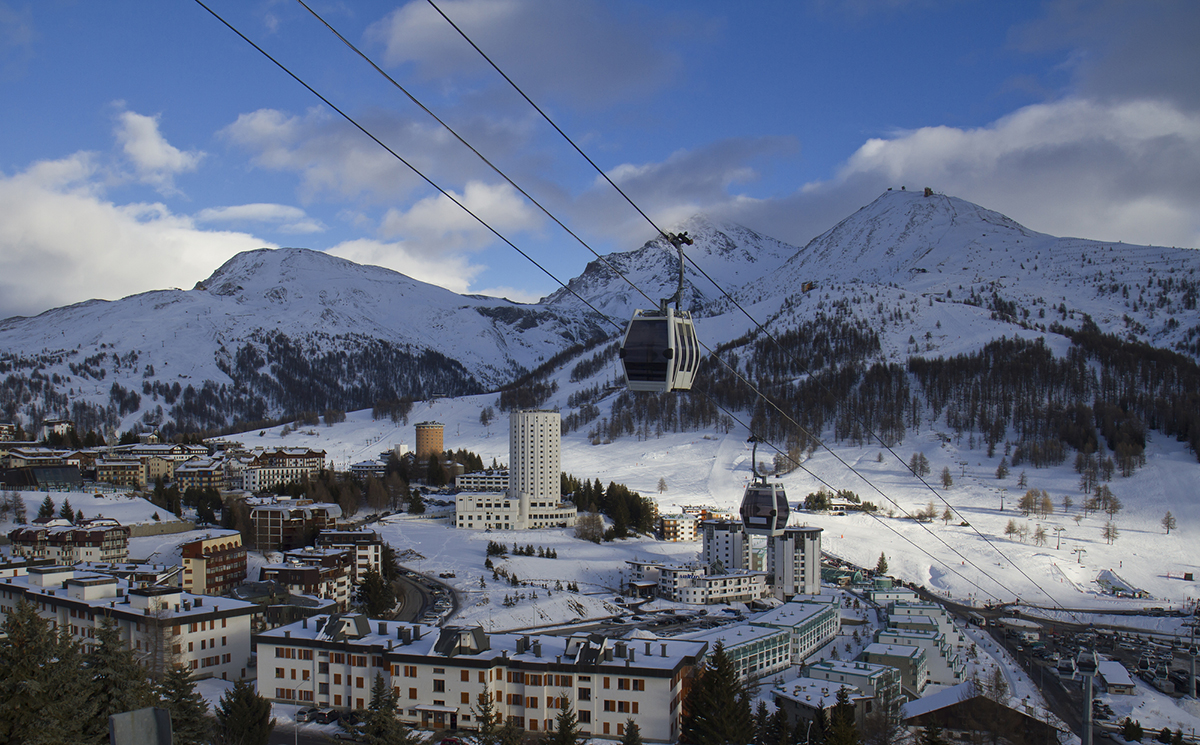
Italy’s variegated landscape dictates differing snowfall patterns, stretching from the northern Alps down to the southern tip of Sicily.
The Alps: South Tyrol and Aosta Valley
The Alps in the north act as a weather barrier, trapping winter storms from Central Europe.
As a result, regions like South Tyrol and the Aosta Valley are covered in snow from November to April, and the ski resorts are buzzing!
Central Apennines: Abruzzo
The Apennine Mountains, particularly in regions like Abruzzo, receive significant snowfall during winter.
These mountains are ripe for skiing and snowboarding.
Northern Italy: Milan and Turin
Cities like Milan and Turin in the north have a continental climate, which translates to regular snowfall in winter.
Expect a white landscape in these cities, especially during December and January!
Northwestern Italy: Liguria
The climate in Liguria, located in northwestern Italy, is influenced by the mix of Atlantic and continental air masses.
This often results in snowfall, affecting both the coastal areas and inland mountains.
Southern Italy: Mount Etna in Sicily
Even though southern Italy is predominantly Mediterranean in climate, Mount Etna in Sicily is an anomaly.
This active volcano regularly sees snow!
Does it snow in Rome?
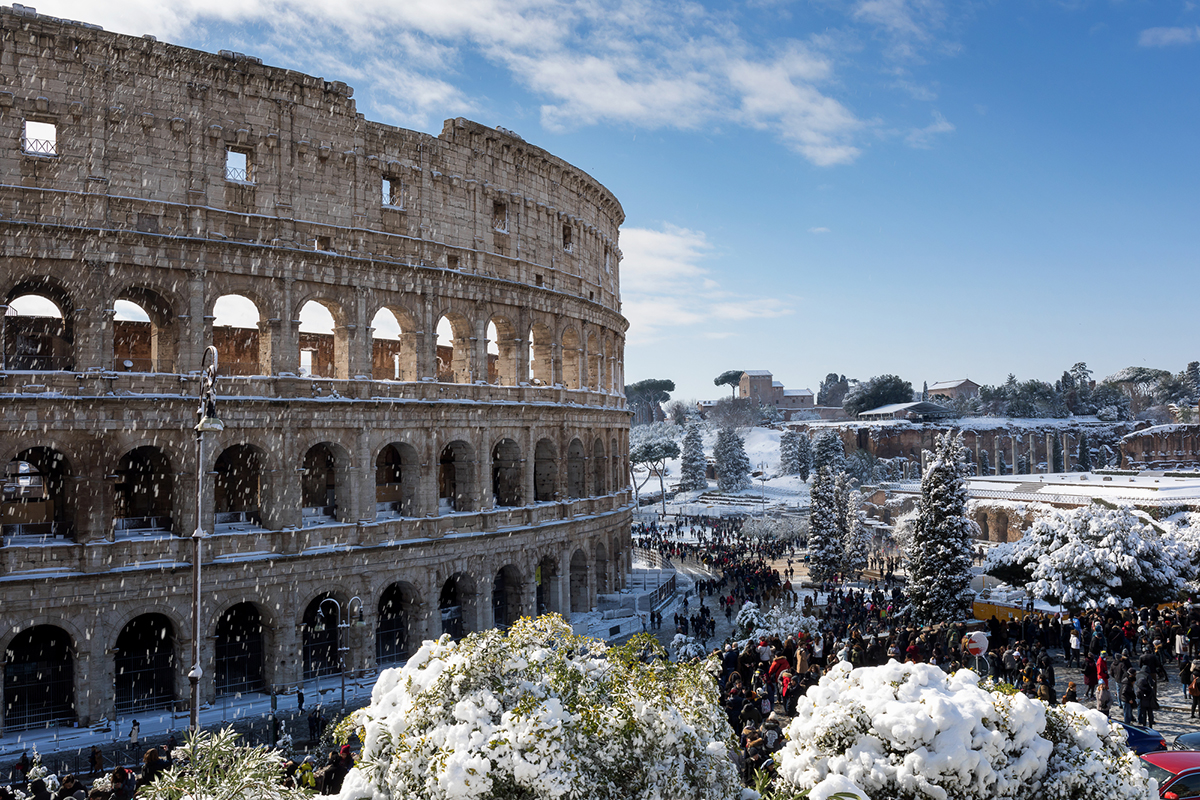
Rome, the capital city of Italy, doesn’t see much snowfall.
It only happens once every few years (sometimes more than a decade passes with no snow!) and it usually melts quickly.
When it does happen, the sight of iconic landmarks like the Colosseum or St. Peter’s Basilica covered in a thin layer of snow often makes news!
Snowfall in Rome can happen in late January to February, but temperatures are usually mild.
One of the most notable snowfalls in Rome’s recent history was in 2018 when the Beast from the East swept Europe.
Does it Snow in Venice?
Venice is another Italian city where snow’s uncommon.
The city’s Mediterranean climate means that winters are relatively mild, with temperatures rarely going below freezing.
Snowfall, if it occurs, is likely to be between late December and February – but it certainly doesn’t happen every year.
Does it Snow in Naples?
Naples, located in the southern part of Italy, also has a Mediterranean climate, making snow extremely rare.
The city itself may see a dusting of snow every decade or so, typically not lasting more than a few hours.
However, the surrounding hills and the Vesuvius volcano can occasionally see light snowfall.
Does it Snow in Milan?
In contrast to Rome, Venice, and Naples, Milan in northern Italy has more consistent snowfall during winter months.
The city’ has a continental climate in winter, which makes snow more likely.
Snowfall in Milan can be expected from late November to early March.
While the accumulation is generally not massive, it is enough to disrupt traffic and daily life.
However, the city’s numerous parks and historical landmarks look exceptionally charming under a blanket of snow!
What is the snowiest place in Italy?

The snowiest place in Italy is generally considered to be the Aosta Valley, situated in the northwestern part of the country, near the borders with France and Switzerland.
The region is encompassed by some of the tallest peaks in the Alps, including Mont Blanc, Monte Rosa, and the Matterhorn.
Due to its high elevation and alpine climate, the Aosta Valley receives copious amounts of snowfall, often from November through April.
The area is a haven for winter sports enthusiasts, offering a multitude of activities from skiing and snowboarding to snowshoeing and ice climbing.
The snow depth here can reach several meters, making it one of the snowiest and most reliable destinations for winter activities in Italy.
Skiing in Italy
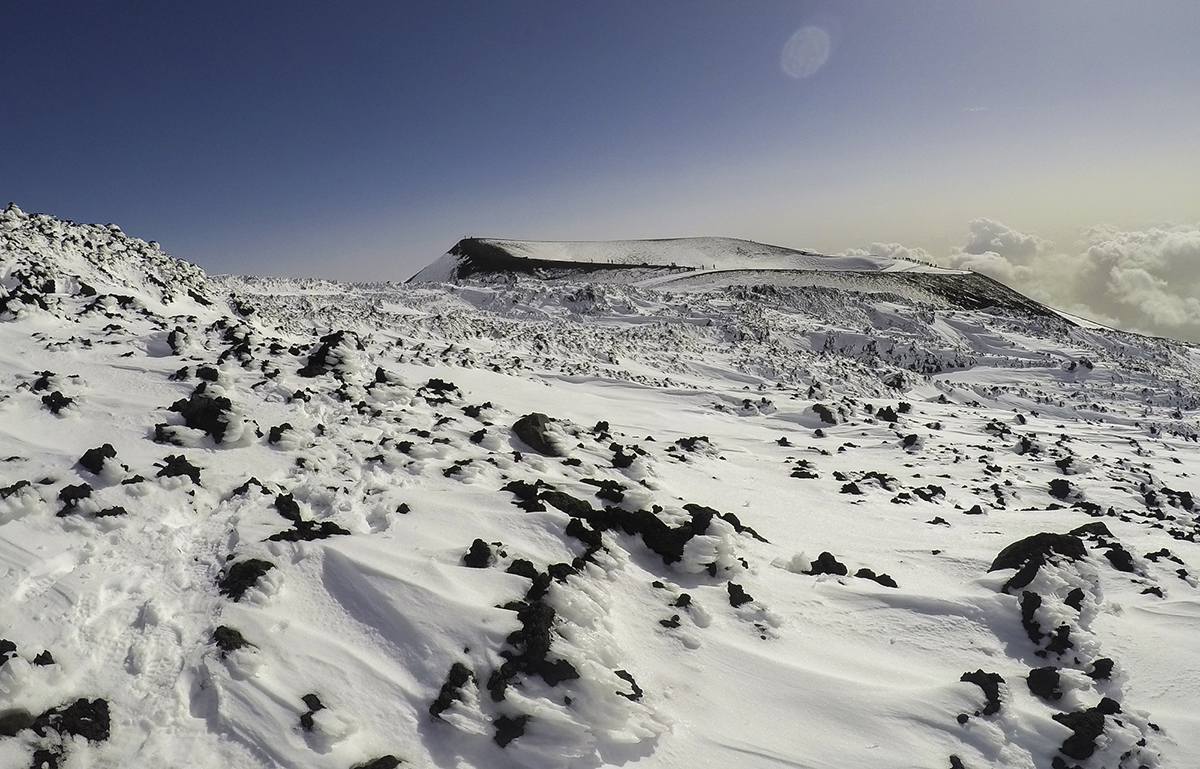
Italy boasts a range of skiing experiences from the challenging slopes of the Alps to more laid-back runs in the Apennines.
Let’s dive into some of the top skiing destinations.
Courmayeur
Situated on the Italian side of the Mont Blanc massif, Courmayeur provides a combination of challenging slopes and stunning Alpine scenery.
The resort caters to a variety of skill levels and is known for its stylish après-ski scene.
Cervinia
Bordering Switzerland, Cervinia is often paired with Zermatt for a cross-border skiing experience. The resort is especially good for beginners and intermediates, boasting long, wide runs.
Its high altitude ensures a long skiing season.
Livigno
Located in the region of Lombardy, Livigno is known for its snow-reliable conditions and duty-free status!
The resort has a variety of slopes suited for all levels and is particularly family-friendly.
Sestriere
As one of the oldest ski resorts in Italy, Sestriere offers high-quality slopes and is a venue for international skiing competitions.
Situated in the Piedmont region, it has a wide array of runs and is great for those looking for a more competitive atmosphere.
I visited Sestriere on a university ski trip one December – enjoy these (terrible quality) photos!
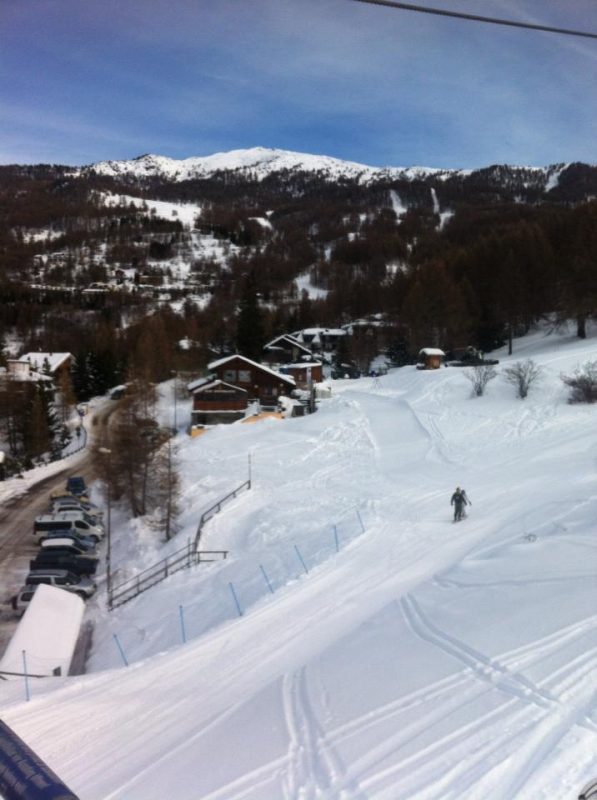

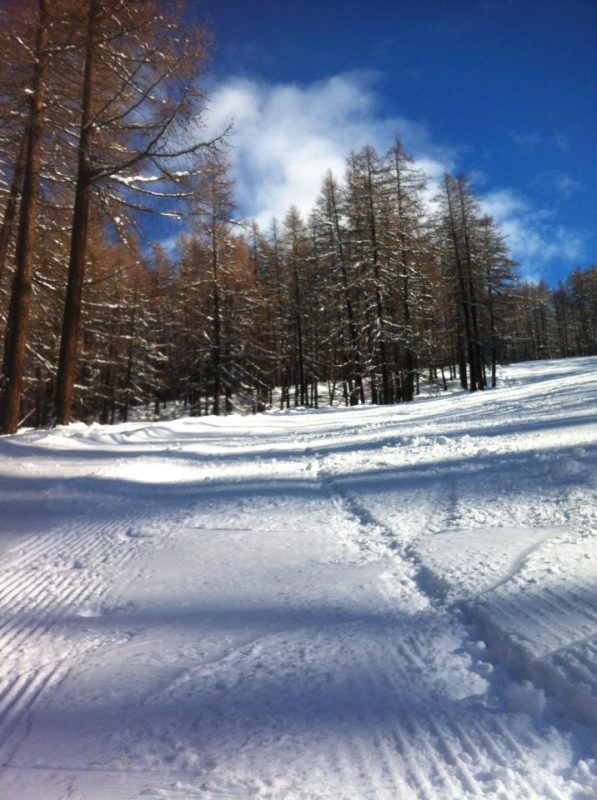
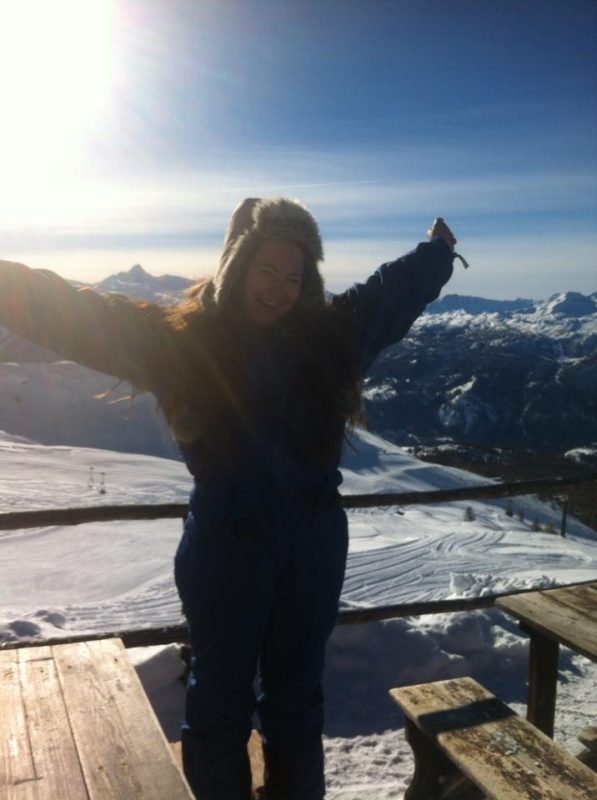
Tips for visiting Italy in the snow
Heading to Italy for a snowy trip?
Keep the following tips in mind to make the most out of it!
- Safety First: Always check the weather conditions before you head out. Websites like neveitalia.it offer real-time snow reports and forecasts.
- Pack Properly: Visit shops like Decathlon for thermal wear and waterproof layers.
- Transport Options: Trenitalia has special ski packages that could save you both time and money.
- Ski Passes: Consider options like Dolomiti Superski or Via Lattea for multi-day or multi-resort access.
- Altitude Awareness: Take precautions against altitude sickness. The CDC website has some useful advice.
Are you ready for your snowy Italian trip?
Thanks to Italy being a very long country, all climates are possible here in the winter.
Head south for some sunshine, but venture to the north and you’ll find plenty of snow!
Whether you’re seeking the white stuff or avoiding it, hopefully, this guide has helped.

